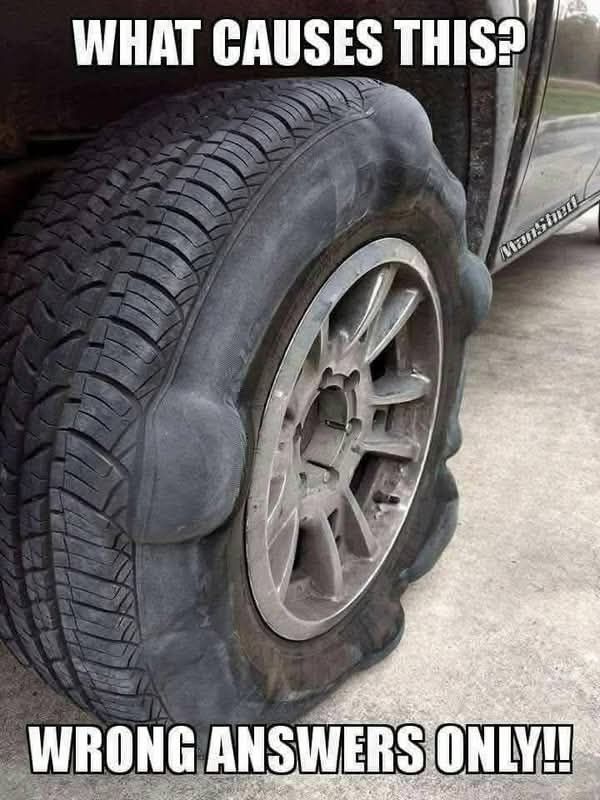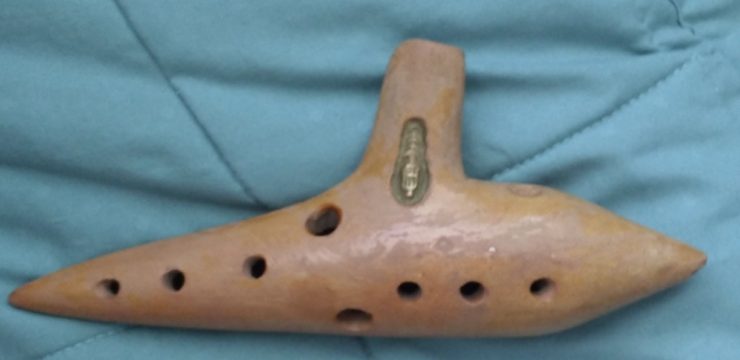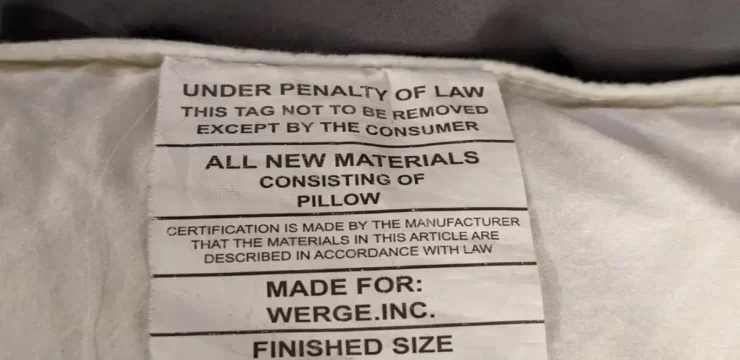When you notice a strange bulge on the sidewall of your tire, it might seem like a minor issue, something purely cosmetic or easily ignored. But that visible bump could actually be a serious red flag—one that signals internal damage that puts your safety at major risk. This odd tire mutation, often referred to as tire bulging, is not just a harmless visual defect.

It’s a symptom of structural failure deep within the tire that could lead to a sudden blowout while driving, especially at high speeds. Tire bulging is caused when the internal cords or plies—responsible for reinforcing the tire and holding its shape—become damaged. Although the outer rubber might still look fine, the internal structure has weakened, and the pressurized air inside pushes against this vulnerable spot, creating a bulge or bubble. This kind of damage is invisible until it surfaces, and by the time you notice it, you could already be driving on borrowed time. The most common cause of tire bulging is a hard impact, like hitting a pothole, driving over a curb, or running into a piece of debris on the road. These impacts can snap the internal cords even if the outer layer doesn’t immediately show signs of wear. Essentially, the tire develops a weak point that swells under pressure.
Another reason bulges occur is due to manufacturing defects or the natural aging process of tires. Over time, the bonds between the layers inside the tire begin to degrade. Even if a tire hasn’t seen much use, age can still cause separation between layers, especially if it’s been exposed to heat or moisture. In some rare cases, a tire may even come from the factory with a defect that predisposes it to this kind of failure. Tire pressure also plays a big role in whether or not a tire might bulge. Driving on underinflated tires causes them to flex more, which generates excess heat and leads to internal wear. On the other hand, overinflated tires put concentrated stress on certain parts of the structure, also weakening the inner cords.
Both scenarios can ultimately lead to a bulge forming. Once a tire has a bulge, it becomes extremely dangerous. Think of it like a ticking time bomb—because the internal cords have already snapped, the only thing holding back the pressurized air is a thin layer of outer rubber. With enough heat, speed, or continued stress, that thin rubber can give out at any moment, causing a blowout. And a tire blowout isn’t just inconvenient; it can lead to major accidents. Drivers may lose control of the vehicle, veer into other lanes, or even crash into barriers. In SUVs or taller vehicles, a blowout increases the chance of a rollover. It’s a scenario no driver wants to experience. That’s why spotting a bulging tire early is critical. Look for a raised bubble or lump on the sidewall.
Listen for any rhythmic thumping noises while driving, and pay attention to any unusual vibrations in the steering wheel, especially at higher speeds. If you notice any of these signs, stop driving immediately. There is no way to safely repair a tire that has internal damage causing a bulge. The only safe response is to replace it. If you’re on the road, pull over to a safe spot and either install a spare or call for roadside assistance. Prevention is key when it comes to tire safety. Always keep your tires inflated to the recommended pressure level, which you can find in your car’s owner manual or on the sticker inside the driver’s door. Try to avoid hitting curbs or potholes, particularly when driving fast or with a heavy load. Don’t rely solely on tread depth to judge tire health—tires should be replaced after about five to six years, regardless of how worn they look. And whenever you buy new tires, make sure they’re from a reputable brand and a trusted seller to minimize the risk of defects. Regular tire inspections, both at home and during professional service checks, can help you catch potential issues before they become serious. In the end, that strange bulge might seem like no big deal—but it could be a sign of something dangerous lurking beneath the surface. A bulging tire is not just damaged; it’s compromised. Driving on it is a gamble that could cost you far more than the price of a new tire. Protect yourself and your passengers by treating tire bulging as the serious threat it is, and always prioritize replacement when you spot one. Your safety depends on it.





